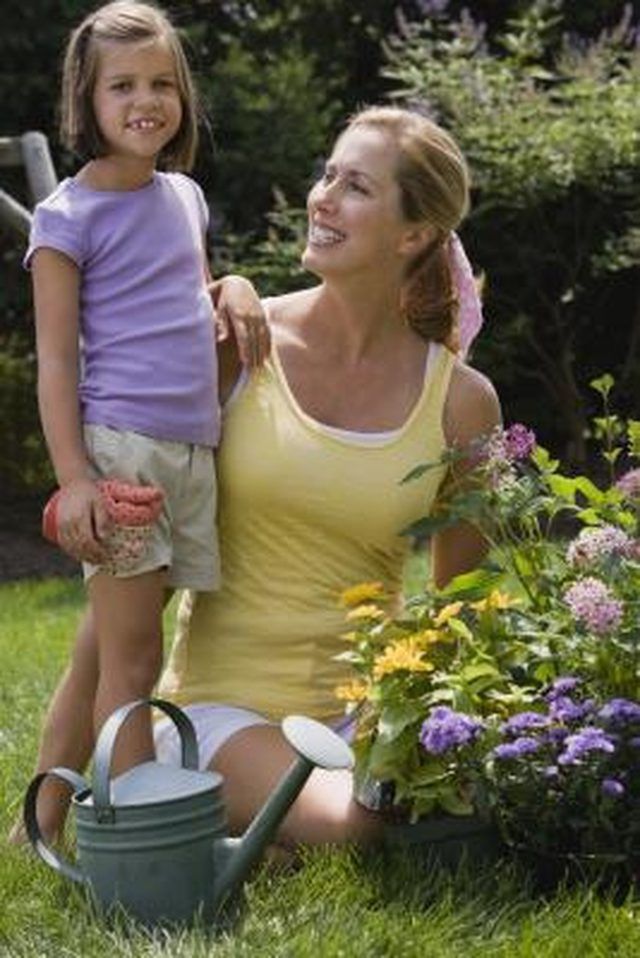Bulbs
Flower Basics
Flower Beds & Specialty Gardens
Flower Garden
Garden Furniture
Garden Gnomes
Garden Seeds
Garden Sheds
Garden Statues
Garden Tools & Supplies
Gardening Basics
Green & Organic
Groundcovers & Vines
Growing Annuals
Growing Basil
Growing Beans
Growing Berries
Growing Blueberries
Growing Cactus
Growing Corn
Growing Cotton
Growing Edibles
Growing Flowers
Growing Garlic
Growing Grapes
Growing Grass
Growing Herbs
Growing Jasmine
Growing Mint
Growing Mushrooms
Orchids
Growing Peanuts
Growing Perennials
Growing Plants
Growing Rosemary
Growing Roses
Growing Strawberries
Growing Sunflowers
Growing Thyme
Growing Tomatoes
Growing Tulips
Growing Vegetables
Herb Basics
Herb Garden
Indoor Growing
Landscaping Basics
Landscaping Patios
Landscaping Plants
Landscaping Shrubs
Landscaping Trees
Landscaping Walks & Pathways
Lawn Basics
Lawn Maintenance
Lawn Mowers
Lawn Ornaments
Lawn Planting
Lawn Tools
Outdoor Growing
Overall Landscape Planning
Pests, Weeds & Problems
Plant Basics
Rock Garden
Rose Garden
Shrubs
Soil
Specialty Gardens
Trees
Vegetable Garden
Yard Maintenance
When to Use 10-10-10 Fertilizer in Garden?
When to Use 10-10-10 Fertilizer in Garden?. The three numbers that indicate fertilizer types stand for the percentages of nitrogen, phosphorous and potassium in a fertilizer. A 10-10-10 fertilizer has a balanced ratio of these three essential nutrients.

The three numbers that indicate fertilizer types stand for the percentages of nitrogen, phosphorous and potassium in a fertilizer. A 10-10-10 fertilizer has a balanced ratio of these three essential nutrients.
Use
Mississippi State University Office of Agricultural Communications recommends balanced fertilizers, like 10-10-10 fertilizers, for garden beds with varied plants in them. Gardeners can have a lab or university test the soil for nutrients and then use a balanced fertilizer if the plants need more nitrogen, phosphorous and potassium. Gardeners should also use them if plants show signs of a nutrient deficiency, like very slow growth.
Time Frame
Gardeners should apply more fertilizer during the growing season and less fertilizer during seasons of slow growth or dormancy. For most plants, this means applying more balanced fertilizer during the early spring through mid-summer and then applying less during the cool seasons. However, plants that bloom during winter will appreciate winter fertilizer applications.
Warning
Washington State University warns that gardeners often overuse balanced fertilizers. Most plants use up the nitrogen in balanced fertilizers more quickly than the phosphorous or potassium. These leftover nutrients often end up in runoff and cause harmful algae blooms in nearby bodies of water. Gardeners should substitute high-nitrogen fertilizers for 10-10-10 fertilizers for very leggy plants, like corn and grass, during times of rapid growth during the spring.